Almost exactly 50 years ago, when she was still a teenager, Neda Young left Croatia for the United States. She quickly found success in business (marketing), started several businesses and raised three children, who gave the proud matriarch eight grandchildren.
Through it all, Young hasn’t lost sight of his native Croatia. When engulfed in conflict during the Yugoslav Wars of the 1990s, Young set up relief efforts for Croats in need. She also donated funds to help ensure that children’s hospitals were adequately stocked, and she personally ensured the restoration of historical monuments such as Trogir Cathedral, St. Duje’s Church and the ancient Roman site of Diocletian’s Palace.
Then a funny thing happened. As her children headed off to college, Young herself decided to return to school in art history. “[It] sparked my love for collecting art,” she told Artnet News. She focuses on female artists, beginning with her first purchase, a painting by the American painter Joan Snyder. Today, his collection includes Agnes Martin, Cecile Brown, Nan GoldinCindy Sherman, Shirin Neshat, Barbara Kruger, Kara Walker, Elizabeth Peyton, Tracey Emin and Ghada Amer.
Currently, Young sits on the advisory board, acquisitions committee, or international board of several museums, ranging from MoMA in New York to institutions in Paris, Los Angeles, and of course Croatia. She often lends her pieces, most recently to the Southampton Arts Center for “Change Agents: Women Collectors Shaping the Art World”, an exhibition of 60 works by 59 artists from the 14 Women’s Collection (on view through September 30). The objective of the exhibition is to give voice to pioneering women who shape the discourse around contemporary art.
We caught up with Neda Young, who splits her time between Croatia and Sag Harbor in the Hamptons, about what’s happening in her collection.
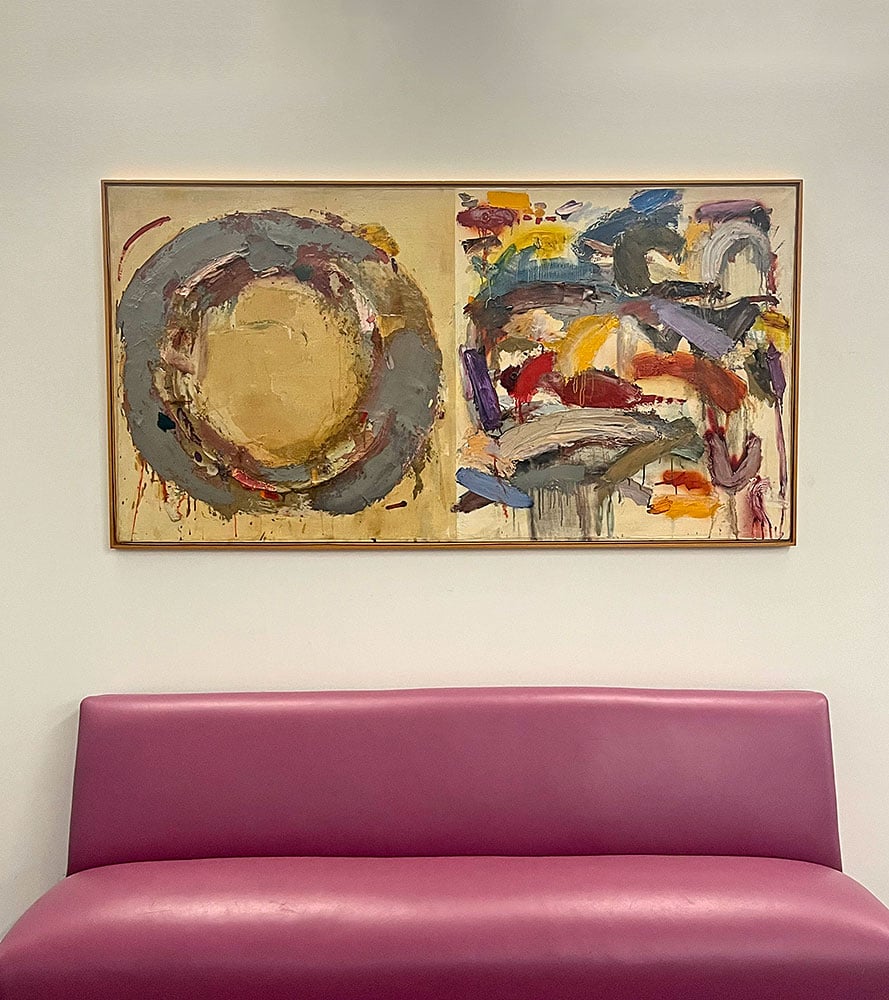
Joan Snyder, then and now (1974). Courtesy of Neda Young.
What was your first purchase?
My first purchase was an abstract painting by Joan Snyder titled then and now (1974). I acquired it fairly soon after she painted it, so in the early 1970s.
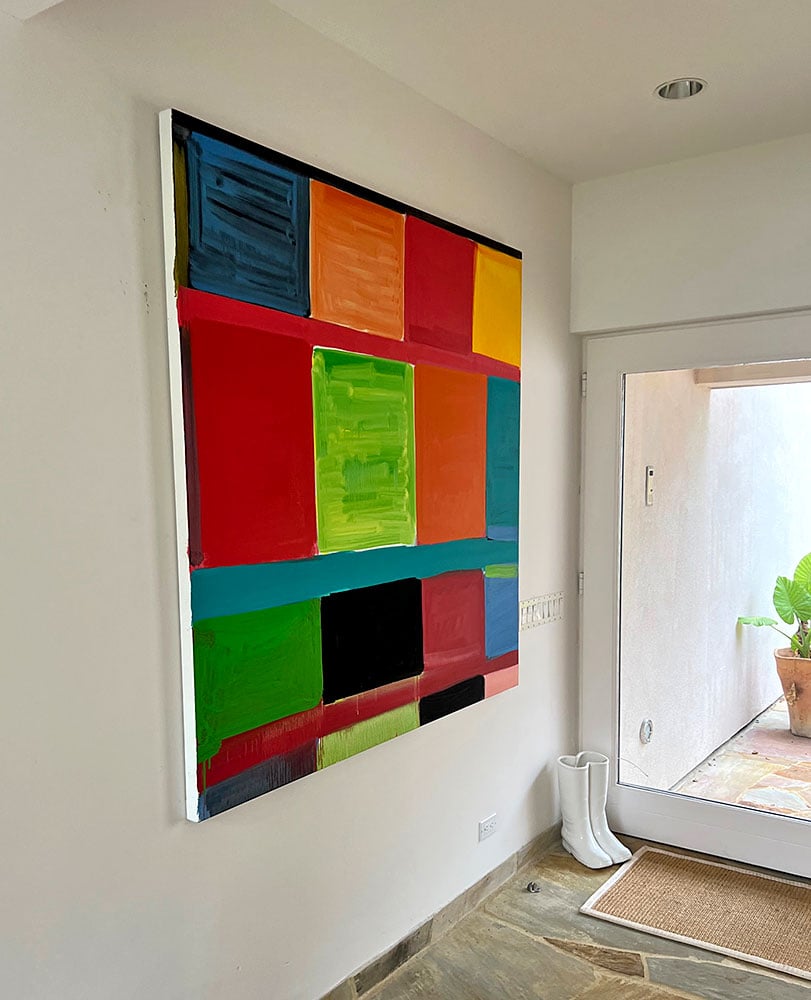
A work of Stanley Whitney. Courtesy of Neda Young.
What was your last purchase?
My most recent purchases are from Pacita Abad, a Filipino artist; the work of California-based artist Maysha Mohamedi; and the work of February James.
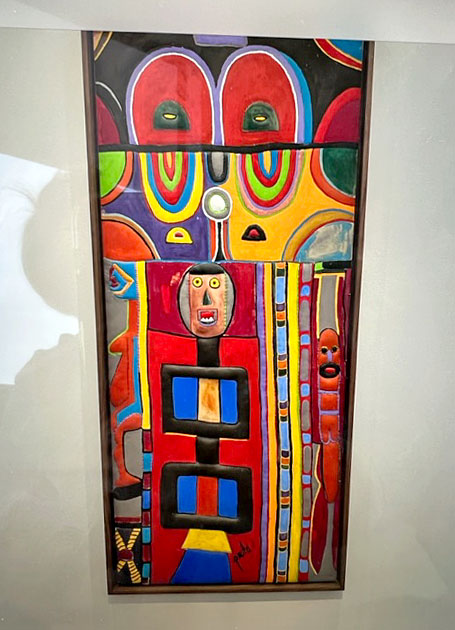
A work by Pacita Abad. Courtesy of Neda Young.
Tell us about a favorite work from your collection.
I have often said that my art is like my children; it is therefore impossible to choose a favourite. Each piece is meaningful because it brings back memories of that time in my life. I buy art on impulse and the memory always stays with me.
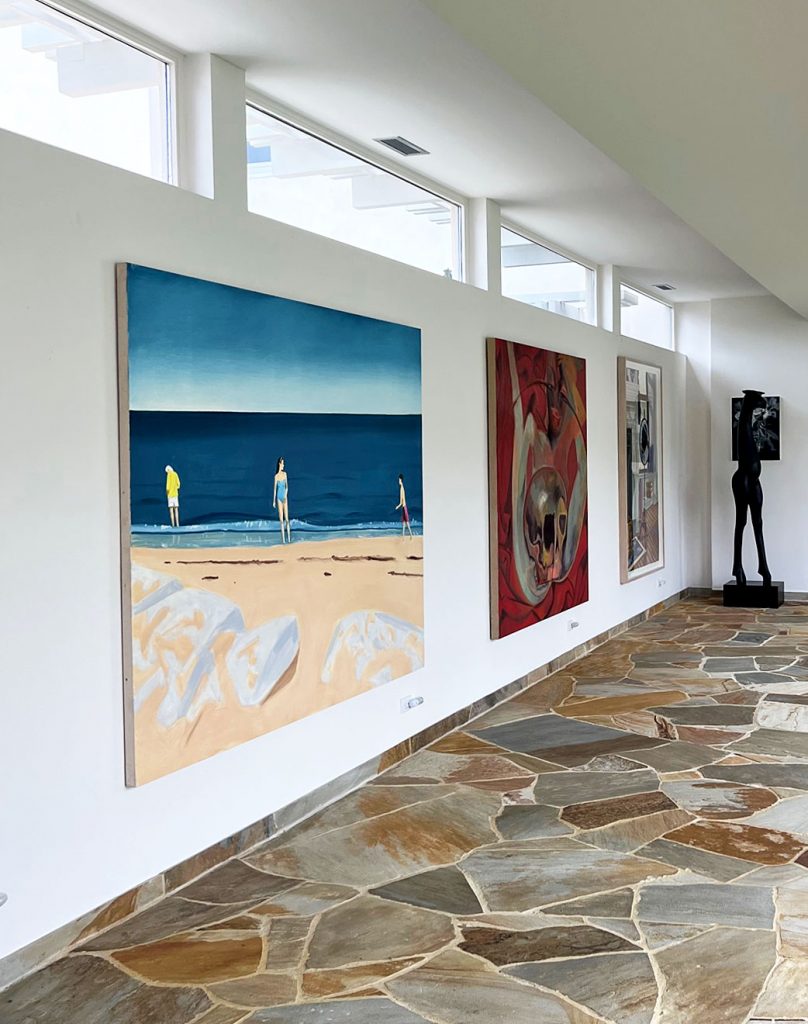
A work by Alex Katz (left). Courtesy of Neda Young.
What works or artists do you hope to add to your collection this year?
I don’t keep a running list of artists to acquire, as I tend to buy based on impulse and emotion. In fifty years of collecting, I have never entered a gallery or a fair with a specific purchase in mind. Many of my artist friends don’t even believe me to be a collector!
 Toyin Ojih Odutola, The investment privilege (2017).
Toyin Ojih Odutola, The investment privilege (2017).
What is the most valuable work of art you own?
I hate to mention art and monetary value together. My collection means so much more to me than its monetary value.
Where do you most often buy art?
I find myself buying art in the back rooms of galleries before exhibitions open. Usually I spend time with the works and create an emotional connection.
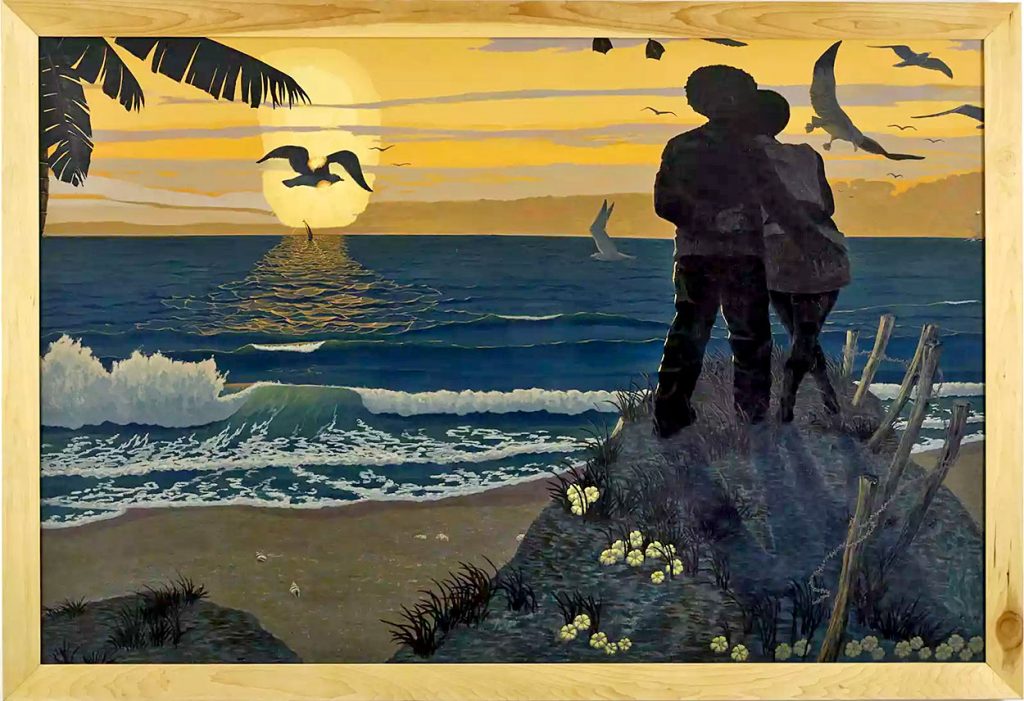 Kerry James Marshall,Untitled (2008).
Kerry James Marshall,Untitled (2008).
Is there a work you regret buying?
There is absolutely no artwork that I regret buying.
What work have you hung above your couch? And in your bathroom?
My very first purchase, the aforementioned Joan Snyder painting, still hangs above the sofa in my office, and Francesco Clemente’s watercolors in one of my bathrooms. They work well there somehow!
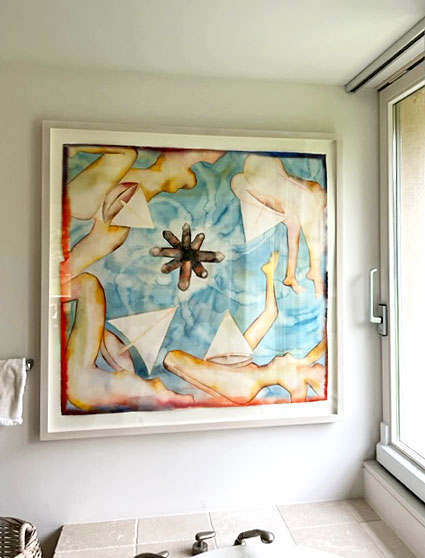
A work by Francesco Clemente. Courtesy of Neda Young.
What’s the least practical piece of art you own?
My least practical purchase was a glass woman breast sculpture necklace by Jean-Michel Othoniel. I loved it, but it was incredibly heavy and very difficult to hang in my home!
What work would you have liked to buy when you had the opportunity?
I don’t feel like I missed a purchase.
 Cindy Sherman, Untitled #576 (2016).
Cindy Sherman, Untitled #576 (2016).
If you could steal one piece of art without getting caught, what would it be?
I love this question and have thought about it for a long time. Do you know what comes to mind? by Edvard Munch The Scream (1893). There’s something about this painting I could stare at all day. We all scream! It’s so universal. It’s not just something visual with this painting, it’s something more than that. I remember raising my children and sometimes feeling the urge to scream. We all feel that sometimes!
More trending stories:
Influencers are realizing that AI may not be a magic money-making machine for artists after all
Follow Artnet News on Facebook:
Want to stay one step ahead of the art world? Subscribe to our newsletter to receive breaking news, revealing interviews and incisive reviews that move the conversation forward.
